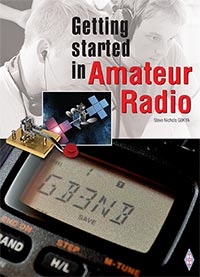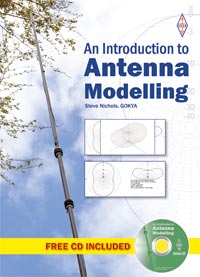It may be summer, and the Olympics are in full swing, but we can’t really expect to see record-breaking propagation on the HF bands in the Northern hemisphere.
This often puzzles new (and not so new) hams. After all, HF propagation relies on sunlight and we have that in abundance in the summer.
Unfortunately, life is not that simple. While increased UV in the summer is guaranteed, as the angle the sun makes with the ionosphere in the northern hemisphere is increased, you actually get less overall ionisation of the all-important F2 layer.
This is due to a chemical change in the composition of the F2 layer in the summer compared with the winter.
There is an increase in the molecular-to-atomic composition of this layer in the summer, which makes it harder to ionise. As a result the F2 critical frequencies in June can be half what it they are in January.
This effect is called the Winter Anomaly.
At the same time D-layer absorption is very high in the summer, especially around local noon, which gives us a double whammy – lots of absorption and low F2 critical frequencies.
The net effect is that the bands much above 18MHz can remain stubbornly closed, apart from Sporadic E (Es) openings, which by August are less prevalent. And the lower bands are also less useful during the day due to absorption.
For this reason stay away from 80m (3.5MHz) in the daytime – 40m will be better around the UK as long as the critical frequency stays up near 7MHz. Twenty metres (14MHz) will probably remain the most reliable DX band both during the day and night, although don’t write off 18MHz (17m).
Better HF conditions will start to reappear in September – sunspots, solar flares and coronal mass ejections (CMEs) willing.
Don’t forget there is a free book about HF propagation available to download on the right.
Go to the August propagation charts from the UK
This often puzzles new (and not so new) hams. After all, HF propagation relies on sunlight and we have that in abundance in the summer.
Unfortunately, life is not that simple. While increased UV in the summer is guaranteed, as the angle the sun makes with the ionosphere in the northern hemisphere is increased, you actually get less overall ionisation of the all-important F2 layer.
This is due to a chemical change in the composition of the F2 layer in the summer compared with the winter.
There is an increase in the molecular-to-atomic composition of this layer in the summer, which makes it harder to ionise. As a result the F2 critical frequencies in June can be half what it they are in January.
This effect is called the Winter Anomaly.
At the same time D-layer absorption is very high in the summer, especially around local noon, which gives us a double whammy – lots of absorption and low F2 critical frequencies.
The net effect is that the bands much above 18MHz can remain stubbornly closed, apart from Sporadic E (Es) openings, which by August are less prevalent. And the lower bands are also less useful during the day due to absorption.
For this reason stay away from 80m (3.5MHz) in the daytime – 40m will be better around the UK as long as the critical frequency stays up near 7MHz. Twenty metres (14MHz) will probably remain the most reliable DX band both during the day and night, although don’t write off 18MHz (17m).
Better HF conditions will start to reappear in September – sunspots, solar flares and coronal mass ejections (CMEs) willing.
Don’t forget there is a free book about HF propagation available to download on the right.
Go to the August propagation charts from the UK














No comments:
Post a Comment